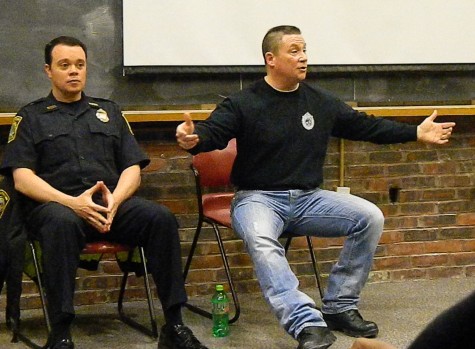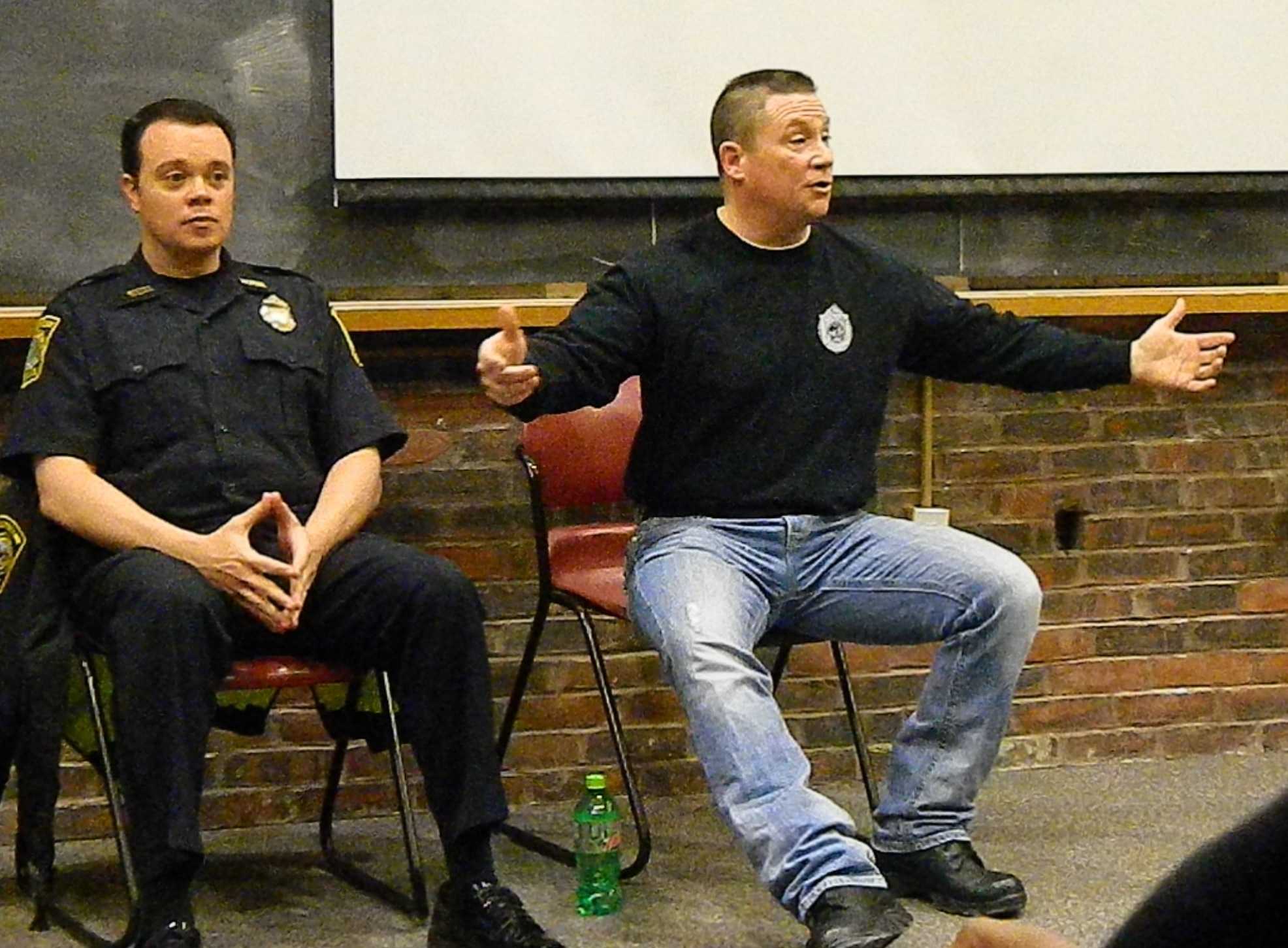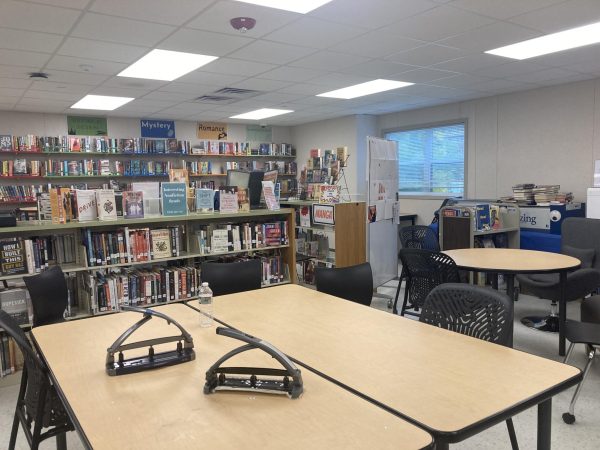With ALICE, lockdowns will have a different personality
It’s predictable, but it won’t be for long.
That’s what Watertown High School resource officer Kerry Kelley and principal Shirley Lundberg said about the current lockdown procedure. However, a new lockdown program is being put in place. It is known by the acronym ALICE, which stands for Alert, Lockdown, Inform, Counter, and Evacuate.
Lundberg speaks of the program as not simply a lockdown procedure, but a reaction procedure.
As Kelley said, “It’s really giving tools in a tool box.” And she made it explicitly clear that an individual or group does not have to follow any one of the steps or in any order. Instead, individuals in the situation can react as they see fit.
The five steps to the new program will bring about many changes in how the school handles lockdown situations, which generally involve an intruder in the building with the assumed intent to injure or kill those inside. The beginning of the process remains the same, with an administrator using the schoolwide intercom to inform those in the building that lockdown procedures should go into effect. This is the Alert step.
The second step, Lockdown, only resembles the present system in name. As Kelley put it, “It’s not just to lockdown and hide in a corner, it’s to barricade.”
Brian Lynch, a teacher at WHS who went through the training for ALICE, put it more candidly.
“[It gives you] the ability to fight back, as opposed to our standard lockdown where we all huddle in a corner and hope the bad guy doesn’t come in and do bad things to us,” he said.
Instead of “hoping” an intruder will not enter a classroom, this system allows for a more aggressive approach, taking hope out of the equation and allowing students and teachers to actively prevent entry into a classroom.
The third letter in ALICE stands for Inform. Instead of being left in the dark, the ALICE program incorporates the use of the intercom while the perpetrator is inside the building to provide information to students and teachers so that they can make better decisions. Information such as the location of the intruder within the school, whether the intruder is armed, and what the intruder’s intentions appear to be allows teachers and students to better react to their individual situations.
[The new ALICE lockdown procedure gives you] the ability to fight back.
— Brian Lynch
The third and fourth steps in ALICE are the most important. After being alerted of the threat, locking down the classroom (including barricades, etc.), and being informed over the intercom, teachers and students have a choice: fight or flight.
The fourth letter in the ALICE acronym is C, Counter, or fight, and the fifth letter is E, Evacuate, or flight. The initial decision must be whether or not to evacuate the building. As Mr. Lynch suggested, sometimes getting out of the building can be the best plan, while other times it can be disastrous. Teachers and students must rely on the information from Step 3 to make this crucial choice.
If the decision is made to stay in the building until the threat has passed, the counter portion of ALICE comes into play. The counter options should be used as a last resort, and only if all other options have been exhausted. Kelley stressed this by saying, “And it’s not just to lockdown and be in a corner … it’s to counter, if absolutely necessary and it’s your last option.”
However, if it becomes necessary to implement this step, there are very few stipulations in how it can be carried out. Students and teachers may throw anything they can find at the intruder, using any means necessary to disarm or eliminate the threat. In their training, teachers practiced throwing staplers and other classroom supplies at an “intruder,” which is one of the primary methods of countering an entering threat.
Both Lundberg and Kelley admit that there is no perfect method for dealing with a lockdown situation. Because the ALICE program allows for so much teacher and student improvisation, the situation can become increasingly chaotic, a positive in that such chaos distracts a perpetrator, but a negative in that both students and teachers can make mistakes.
When asked about drawbacks, Lynch cited a hypothetical situation in which his class runs out the back staircase to a parking lot, where a secondary intruder is waiting. And while this isn’t a likely occurrence, the possiblity that improvisation can lead to unforeseen disaster is something to consider when implementing the new program. However, Lynch did state, as a teacher who completed the training, that he believes the change is a good one, with many more positives than negatives, a sentiment echoed by Kelley and Lundberg.
The change will be widespread. The ALICE program will eventually replace the current lockdown procedure at all three public elementary schools, the middle school, and the high school.
“The rollout is about a two-year process, starting with a presentation to the Chief of Police, and then the Superintendent,’’ Kelley said.
The schedule continues with a proposal to the Watertown School Committee; the training of police staff, school administrators, and teachers; a parent night that presents the program; and finally a student training. Kelley says that while the process is lengthy, “[it means] having everyone on the same page, everyone having the same information.”
As of now, the presentations to the multiple administrative organizations and teacher training has been completed, with the parent night and student training left to be done. Kelley said that a date for the parent night has not been set, but that it is most likely to occur late in this school year or early in the next school year.
–April 7, 2014–
Your donation will support the student journalists of Watertown High School. Your contribution will allow us to purchase equipment and cover our annual website hosting costs.














